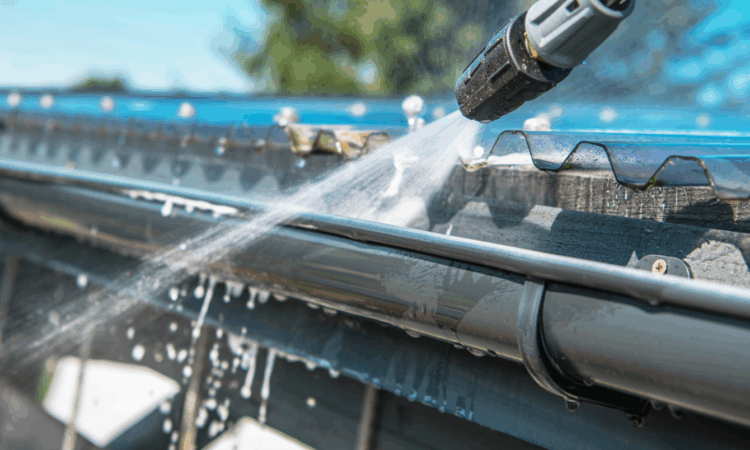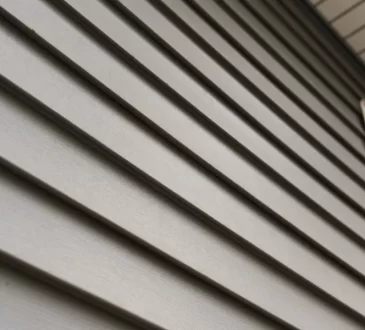
At first glance, your roof might look perfectly intact—no missing shingles, no visible damage, and no leaks. But one often-overlooked component plays a critical role in protecting your home: the drip edge. This small piece of metal flashing installed along the edges of your roof may seem insignificant, but it serves as a vital line of defense against water infiltration, pest intrusion, and long-term structural damage.
Even if your roof appears to be in great condition, here are seven compelling reasons why installing a drip edge is essential.
1. Prevents Water Damage
The primary function of a drip edge is to guide rainwater away from your fascia and into your gutter system. Without it, water can seep behind the gutters or underneath the shingles, leading to rot, mold, and deterioration of your roof decking and fascia boards. Even a minor amount of water infiltration over time can result in expensive repairs. Installing a drip edge ensures that water flows where it’s supposed to—away from your home.
2. Protects Fascia Boards from Rot
Fascia boards are the horizontal supports that run beneath the edge of your roof. These boards are particularly vulnerable to water damage if rainwater runs off shingles directly onto them. Over time, the exposure can cause wood rot and weaken the structural integrity of your roofline. A drip edge acts as a barrier that keeps moisture away, significantly extending the lifespan of your fascia.
3. Stops Wind-Driven Rain
In high-wind scenarios, rain doesn’t always fall straight down. Wind-driven rain can blow beneath shingles, especially near the edges of the roof. Without a drip edge, there’s nothing stopping this water from getting under the roofing material and reaching the underlayment or decking. Drip edges offer a physical barrier that helps resist water intrusion even in stormy conditions.
4. Improves Gutter Performance
Gutters are designed to collect and channel rainwater away from your home, but they rely on a controlled water flow from the roof edge. Without a drip edge, water can run down behind the gutters or overshoot them entirely, rendering them less effective. A properly installed drip edge directs water straight into the gutter system, ensuring optimal performance and reducing the risk of overflow or erosion around your foundation.
5. Discourages Pest Intrusion
Tiny gaps between the roof deck and fascia may not seem like a big deal, but to small animals or insects, these gaps are open invitations. Rodents, bees, and even birds can find their way into your attic or roof cavity. A drip edge closes off these gaps, creating a physical barrier that makes it much more difficult for pests to gain access to your home.
6. Adds Structural Integrity to the Roof Edge
Over time, the edges of a roof can begin to curl or warp, especially if water is allowed to run directly over them. A drip edge provides a crisp, reinforced border that helps maintain the shape and integrity of the roofing material. It also supports the first row of shingles, preventing them from sagging or cracking prematurely.
7. Compliance with Modern Building Codes
Many municipalities and building codes now require drip edges as part of any new roof installation or major roof repair. Even if your home was built before these requirements were in place, adding a drip edge now can bring your roofing system up to code. More importantly, it provides peace of mind knowing your home is better protected and meets current safety standards.
Just because your roof looks fine doesn’t mean it’s offering maximum protection. Water has a sneaky way of finding entry points and causing damage over time—damage that can be avoided by addressing seemingly minor details. One of the most cost-effective ways to improve the durability and resilience of your roof is by installing a drip edge.
This small addition can mean the difference between a dry, secure home and one facing hidden water damage or pest problems. Whether you’re planning a new roof, replacing gutters, or simply performing preventative maintenance, make sure a drip edge is part of your roofing system.




